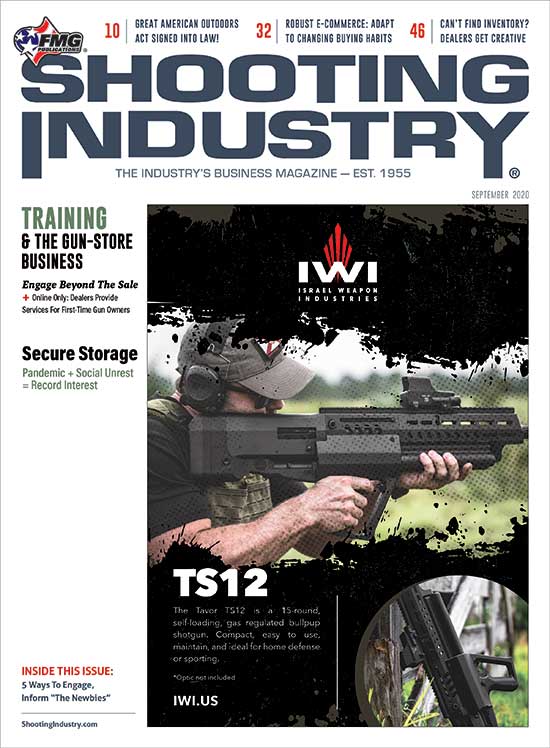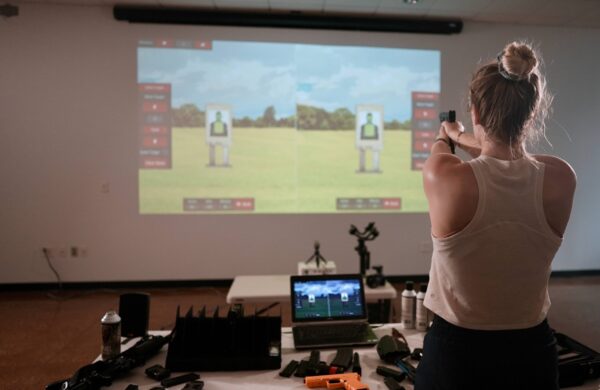Real-Time Inventory
One of the keys to successfully merging your online business with your brick-and-mortar operation is helping customers understand what it means when they see their desired gun displayed on your website. Does it mean it’s actually in the shop? Is it on back order? Or is it maybe sitting in a warehouse belonging to one of a half-dozen distributors?
This challenge is one of the reasons why Bristlecone started sending out their list of “in stock” firearms during the height of the pandemic. It’s less than ideal to have customers come to the store expecting to find a particular gun, only to learn it’s not physically there.
“That’s a customer service nightmare waiting to happen,” Clark noted. “People get annoyed if you say you have something and you don’t.”
In truth, there is debate in the industry about the need for absolute transparency when it comes to real-time inventory status. There are those who worry first about getting customers in the door — figuring the salespeople will be able to offer alternatives to what the shopper was initially looking for.







